Fire Blight Disease Treatment: Prevention, Symptoms, and Organic Control Strategies
Fire blight is one of the most destructive and difficult-to-manage diseases in apple and pear orchards. Caused by the bacterium Erwinia amylovora, this infection can spread rapidly and is often fatal to trees if not addressed early. Effective fire blight treatment requires a combination of preventive strategies, early detection, and targeted action.
In this guide, we’ll explore everything from fire blight symptoms and causes to organic control methods and the best fire blight cure strategies available. You'll also find tips on how to prevent fire blight, how to prune out fire blight, and which tools and treatments that are recommended by experts.

What Is Fire Blight?
Fire blight is a bacterial disease caused by Erwinia amylovora, primarily affecting members of the Rosaceae family. This includes:
- Apple trees
- Pear trees
- Quince
- Hawthorn
- Roses
The disease gets its name from the scorched, burned appearance of infected leaves and branches. Once a tree is infected, treating fire blight is challenging, but with the right tools and methods, you can minimize the damage and stop the disease from spreading.
Learn how to track fire blight outbreaks using weather models.
Symptoms of Fire Blight
Early detection of fire blight is crucial for effective management. This bacterial disease primarily affects apple and pear trees but can impact other members of the Rosaceae family. Key symptoms include:
Blossom Blight
Infected blossoms quickly become water-soaked and wilt, often turning brown or black. A distinctive sticky, amber-colored bacterial ooze may drip from the flowers, especially in warm, humid conditions.
Shoot Blight
Young, tender shoots wilt and bend at their tips, forming a distinctive “shepherd’s crook” shape. Leaves on these shoots turn brown or black but typically remain attached to the stem, giving a scorched appearance.
Canker Development
As the disease progresses, sunken, dark lesions or cankers form on branches and trunks. These cankers may ooze bacterial slime during moist weather, contributing to the spread of infection.
Recognizing these symptoms early allows gardeners and growers to prune infected parts promptly and apply treatments to limit spread and damage.
Read more on pear blight disease prevention and how it relates to apple tree health in our apple tree disease guide.

How Fire Blight Spreads
Understanding the spread of fire blight is key to effective prevention and control. The bacterial pathogen Erwinia amylovora survives the winter inside infected cankers on branches and trunks. In spring and early summer, the bacteria become active and spread through several pathways:
- Rain and Splashing Water: Rain or irrigation water can carry the bacteria from infected areas to healthy blossoms, shoots, or leaves.
- Insects: Pollinators like bees, as well as aphids and other sap-feeding insects, can transfer bacteria as they move between flowers.
- Human Activity: Pruning tools, hands, or clothing can spread the bacteria if not properly sanitized after contact with infected plants.
- Environmental Conditions: Warm temperatures between 75°F and 85°F combined with high humidity during bloom create ideal conditions for bacterial growth and infection.
Monitoring weather conditions and practicing good sanitation can help reduce the risk of fire blight outbreaks. For more detailed guidance, the UC IPM pest note on fire blight offers valuable information on environmental triggers and management strategies.

How to Prevent Fire Blight
Choose Resistant Varieties
Some varieties are naturally more resistant to fire blight, including:
- Seckel, Potomac, and Warren pears
- Hosui Asian pears
- Liberty, Enterprise, and Cox’s Orange Pippin apples
Prune Carefully
- Avoid heavy pruning during wet conditions or when trees are actively growing.
- Always sterilize tools between cuts using a 10% bleach solution or alcohol.
- Cut 12 inches below visible signs of infection.
Watch our video on controlling fire blight with proper pruning techniques.
Avoid Excessive Nitrogen Fertilizer
Rapid, succulent growth is more vulnerable to infection. Balance your fertilization regime.
Manage Insects and Pests
Control aphids and other insects that can act as vectors using natural and organic pesticides.
Apply Preventive Sprays
Use dormant sprays or early-season applications of copper fungicides and biological controls like Serenade Optimum.
Washington State University’s fire blight guidelines recommend timing treatments precisely during the bloom period.

Fire Blight Treatment Options
If fire blight is detected, prompt action is essential. While there’s no permanent cure for fire blight, you can effectively slow or stop its spread with proper treatment.
Mechanical Treatment
Prune all affected shoots at least 12 inches below the visible signs of infection. Be sure to sterilize your pruning tools between cuts to avoid spreading the bacteria. Collect and burn or dispose of all infected plant material—do not compost it, as this can allow the disease to persist.
Organic Treatment Products
- Serenade Optimum: A biological fungicide made from Bacillus subtilis, Serenade is most effective when applied during bloom to protect against infection.
- Copper Fungicides: These can help control fire blight but should be used sparingly, as excessive applications may cause leaf damage.
- Neem Oil: Works as a mild preventive treatment, particularly in humid or wet conditions that favor fire blight development.
Consider shopping for certified organic pesticide options to find the best fit for your needs.
Monitoring and Prediction
Using fire blight prediction models, which analyze temperature and moisture data, can help forecast outbreaks. These tools enable you to time sprays and pruning more precisely, improving your chances of managing the disease effectively.
Conclusion
Fire blight is a serious threat to apple and pear trees, but it doesn’t have to mean the end of your orchard. With the right combination of resistant varieties, organic sprays, careful pruning, and timely monitoring, you can protect your trees and maintain healthy growth.
Whether you're just planting or dealing with an outbreak, understanding how to treat fire blight and using an integrated management strategy is the best way forward.
For more in-depth advice, visit our guides on fire blight disease prediction, pear blight control, and our collection of natural pesticides.
Disclaimer: Always follow label instructions when applying pesticides or fungicides. Consult with your local extension office or certified arborist for personalized recommendations.
FAQs About Fire Blight
-
How do you control fire blight?
- Control it by removing infected wood, using resistant varieties, and applying copper or biological sprays during bloom. Monitor trees closely in the spring.
-
What fungicide is used to treat fire blight?
- Common options include copper fungicides and Serenade Optimum, a biological treatment based on Bacillus subtilis.
-
Can you save a tree with fire blight?
- Yes—if caught early. Prune infected branches aggressively, sterilize tools, and monitor for further signs. Avoid fertilizing with high-nitrogen products.
-
How to prune out fire blight?
- Prune at least 12 inches below visible symptoms.
- Disinfect tools between cuts.
- Burn or dispose of prunings—never compost them.
-
Does fire blight spread?
- Yes. It spreads through insects, rain splash, pruning tools, and infected plant material. Spring bloom is the most vulnerable time.
-
How do you control blight organically?
- Use resistant tree varieties
- Apply organic sprays like neem oil and Serenade Optimum
- Prune carefully and avoid over-fertilization
-
Is there a fire blight cure?
- There is no complete cure, but fire blight can be managed successfully with timely intervention and good cultural practices.
-
What is the best pear blight treatment?
- The best strategy includes pruning, applying Serenade Optimum during bloom, and selecting resistant pear varieties.
-
What is the most effective Erwinia amylovora treatment?
- The most effective approach includes biological control (Serenade Optimum), copper sprays, sanitation, and prediction-based timing.
- The most effective approach includes biological control (Serenade Optimum), copper sprays, sanitation, and prediction-based timing.


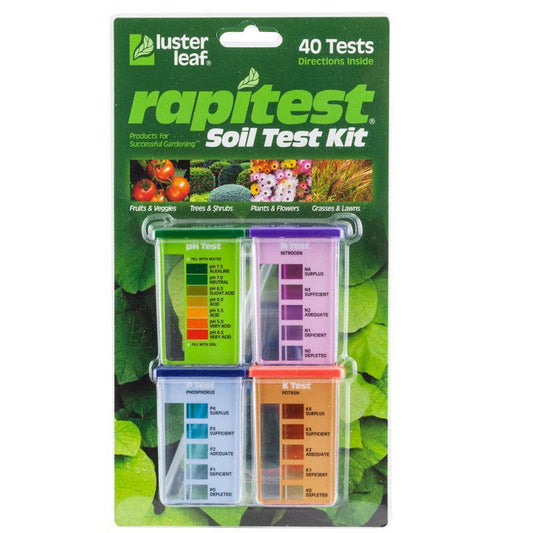
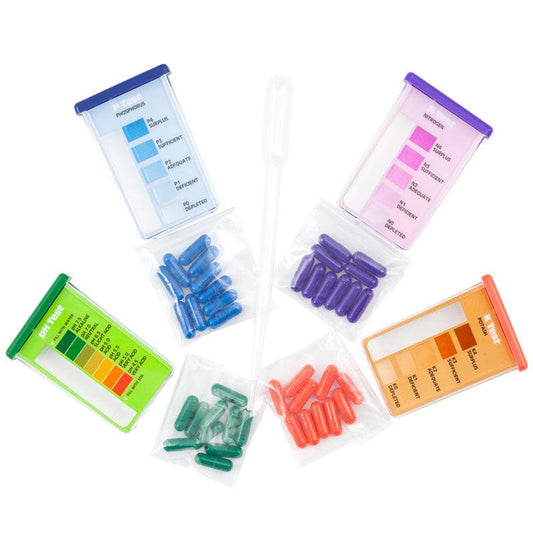
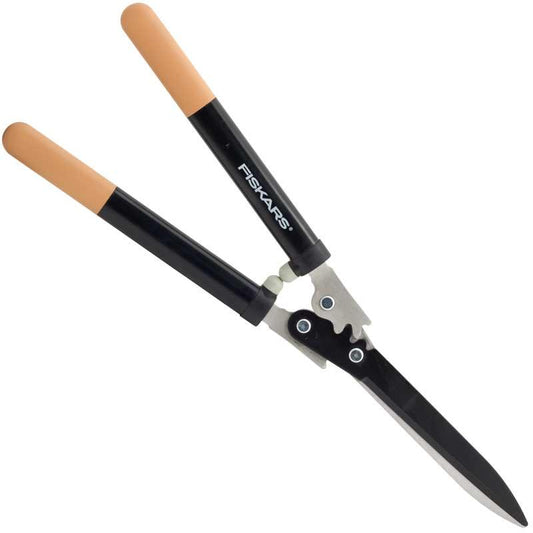
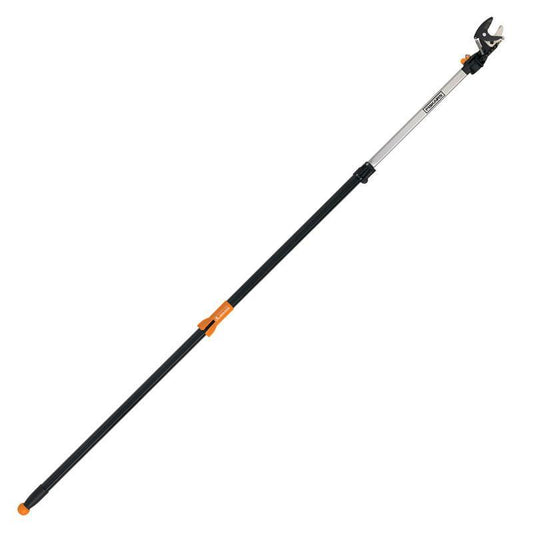
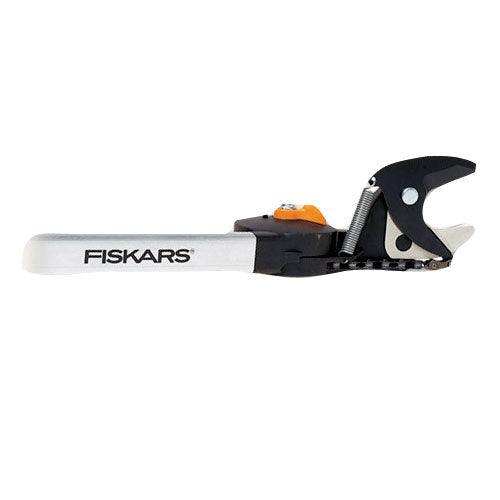
21 comments
Elizabeth, the best time to spray is before bloom. I found an article on fire blight management, https://extension.uga.edu/publications/detail.html?number=C871&title=Fireblight:%20Symptoms,%20Causes,%20and%20Treatment
It would be best to consult a master gardener or your local Ag Advisor on the best time to spray. Make sure you have pruned enough of the branch off, about 8" below the infection. And also very important to sanitize your pruners between cuts so you are not passing on the infection to more areas of your tree.
I have a grafted pear that just showed signs of fire blight. What can I spray now that the tree is leafed out and has fruit present? I have removed the damaged material. We have had an insanely wet June in Southwestern Idaho (Boise area). I appreciate any info.
My mother has a fire blighted Apple tree up in Montana that has the most wonderful fruit for pies. We were wondering if it is safe to try and plant another tree from the seeds in a different area. We don’t even know what breed of apple it is, only that it is a wonderful fruit nicely tart that cooks up very well.
Aurilla, the use of fungicides are sprays. You can use a hand held sprayer with the appropriate safety gear, and follow the directions on the label.
Aurilla, the use of fungicides are sprays. You can use a hand held sprayer with the appropriate safety gear, and follow the directions on the label.